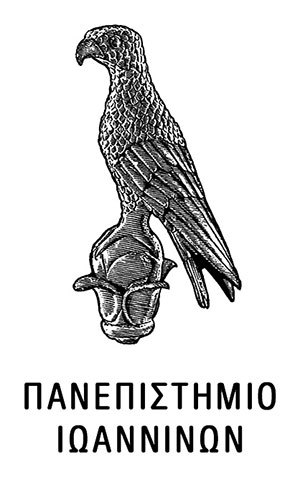In this work, a preconcentration method for the simultaneous determination of the endocrine disrupting chemicals (EDCs), diuron (1-(3,4dichlorophenyl)-3,3-dimethylurea), and linuron (3-(3,4-dichlorophenyl)-1-methoxy-1-methylurea), as well as their metabolites DCPU (1-(3,4dichlorophenyl) urea), DCPMU (1-(3,4-dichlorophenyl)-3-methylurea) and 3,4-DCA (3,4-dichloroaniline), present in natural waters was optimized and validated. Water was subjected to solid-phase extraction (SPE) and the influence of several experimental variables affecting the extraction efficiency of the target analytes was studied, including the sorbent material, elution solvents, pH and breakthrough volume, as well as some solution parameters that is, ionic strength and organic matter content. A high-performance liquid chromatography system coupled to UV-diode array detector (DAD) was used for the target analytes quantification at the optimum conditions described in Part 1. The fully nested experimental design, adapted to the new experimental parameters, was used to study the measurement uncertainty arising from trueness by estimating proportional bias (in terms of recovery). The overall recoveries of the target analytes were in the range of 71.6-90.2%, except 3,4-DCA for which a low overall recovery of 51.4% was obtained. The analytical procedure was shown to be linear over the studied range of concentration (25-400 ng/1), exhibiting satisfactory repeatability and reaching limits of detection in the 1.3-11.2 ngl range for all, quite different in nature, water types. The SPE method was further applied for the determination of the selected EDCs and their metabolites in water samples taken from selected study stations in the region of Epirus (N.W. Greece) corresponding to the sediment samples locations (Part 1). (c) 2007 Elsevier B.V. All rights reserved.
(EN)

